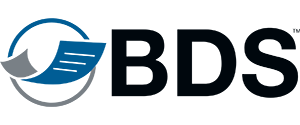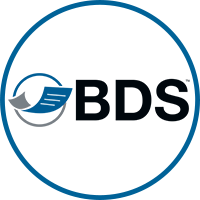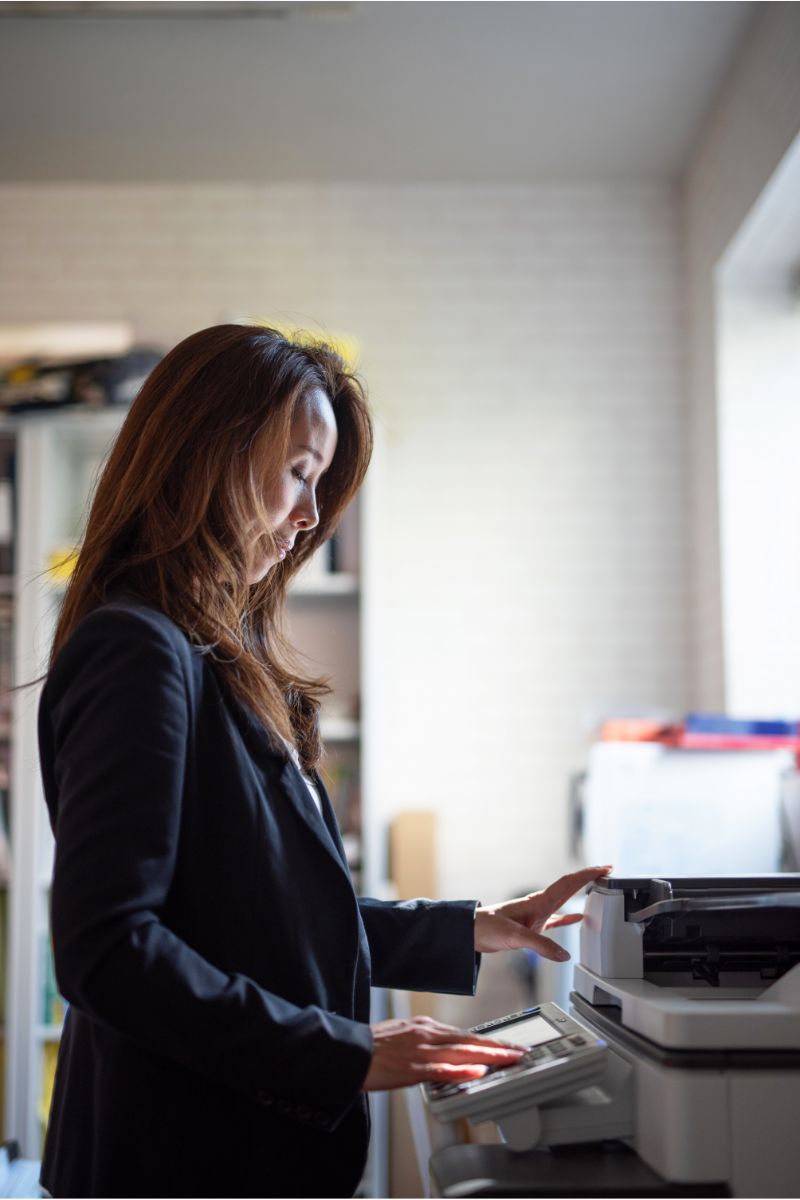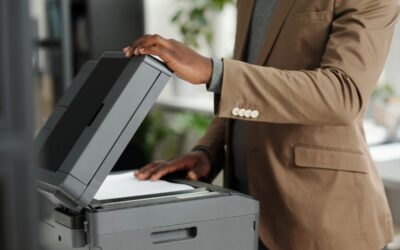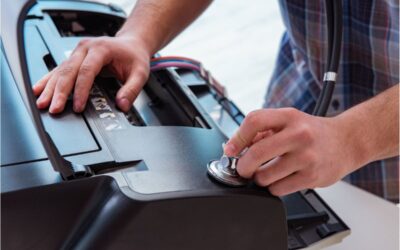A print head transfers ink or toner onto paper to create text and images. Whether in a desktop, MFP copier or large-format printer, the printhead applies ink or toner directly to the surface.
This creates the images, text, or graphics we see on paper or other materials. Printheads come in several types and technologies, each tailored to specific printing applications and requirements.
Video: What is a printhead
Types of Printheads
- Thermal Printheads
How it Works: Thermal printheads use tiny resistive elements that heat up to create vapor bubbles in the ink. The expansion of these bubbles propels the ink onto the printing surface.
Applications: Commonly found in inkjet printers, including desktop and photo printers. - Piezoelectric Printheads
How it Works: Piezoelectric printheads rely on the deformation of piezoelectric materials in response to an electric charge. This deformation ejects tiny droplets of ink onto the printing medium.
Applications: Widely used in industrial and commercial inkjet printers, providing high-precision and fine-detail printing. - Continuous Inkjet (CIJ) Printheads
How it Works: CIJ printheads continuously expel a stream of droplets, and a deflection mechanism guides the droplets to the desired positions on the printing medium.
Applications: Ideal for high-speed and continuous printing, commonly used in industrial coding and marking applications. - Drop-on-Demand (DOD) Printheads
How it Works: DOD printheads eject droplets of ink only when needed, offering precise control over the placement of each droplet.
Applications: This is common in various printing technologies, including inkjet, where the droplets are selectively deposited to create the desired image.
What are the main components of a printhead?
Nozzles:
Tiny openings through which ink or toner is expelled. The number and arrangement of nozzles affect the resolution and quality of the print.
Ink Chambers:
Small reservoirs within the printhead hold the ink temporarily before it is ejected through the nozzles.
Actuators:
Mechanisms (thermal or piezoelectric) that drive the ink out of the nozzles. Thermal actuators use heat to create bubbles that push the ink out, while piezoelectric actuators use electric charges to change the shape of crystals and force ink out.
Control Electronics:
Circuitry that manages the timing and amount of ink ejection, ensuring precise control over the printing process.
Heat Sinks:
Components that dissipate heat generated by the printhead during operation, particularly in thermal inkjet printers.
Ink Supply System:
Channels and pathways deliver ink from the main reservoir or cartridge to the printhead.
Printer Maintenance and Care
Printheads in inkjet printers can easily get clogged due to dried ink. To prevent this, it’s important to perform regular maintenance, like cleaning the printhead and using the printer regularly. Some printers have replaceable printheads, while others have printheads built into the ink cartridge, allowing you to replace the cartridge.
Key Features of Printheads
Resolution:
Measured in dots per inch (DPI), the resolution indicates the printhead’s ability to produce detailed and sharp images. Higher DPI means finer detail and better print quality.
Print Speed:
Determines how fast the printhead can produce printed material. It is influenced by the number of nozzles, the design of the printhead, and the type of actuator used.
Drop Size:
Refers to the size of the ink droplets ejected by the nozzles. Smaller drop sizes allow for finer detail and smoother gradients.
Durability:
Indicates how long the printhead can function effectively before needing maintenance or replacement. This depends on the materials used and the printhead’s design.
Compatibility:
The printhead must be compatible with the specific printer model and the type of ink or toner used. This ensures proper functioning and optimal print quality.
Maintenance Requirements:
Some printheads require regular cleaning and maintenance to prevent clogs and ensure consistent performance. Features like self-cleaning mechanisms can reduce the need for manual maintenance.
Ink Type Support:
Printheads can be designed to work with various types of inks, such as dye-based, pigment-based, UV-curable, or solvent-based inks, each suited for different printing applications and media.
Multi-color Printing:
In color printers, the printhead may include multiple sets of nozzles for different ink colors (cyan, magenta, yellow, and black, or CMYK) to produce a wide range of colors.
How Often Do Printheads Have to Be Replaced?
Printer printheads can be classified based on their working principles: thermal bubble and piezoelectric ceramic. The replacement frequency varies between these types.
With proper maintenance, the piezoelectric ceramic printheads can last about 5 years in a light household environment. The Thermal Bubble Printheads can last about 4 years, even with self-modifying continuous ink supply systems.
In conclusion, the printhead replacement frequency depends on the printhead type, usage patterns, and maintenance practices. Regular use and proper care can significantly extend the life of your printheads.
